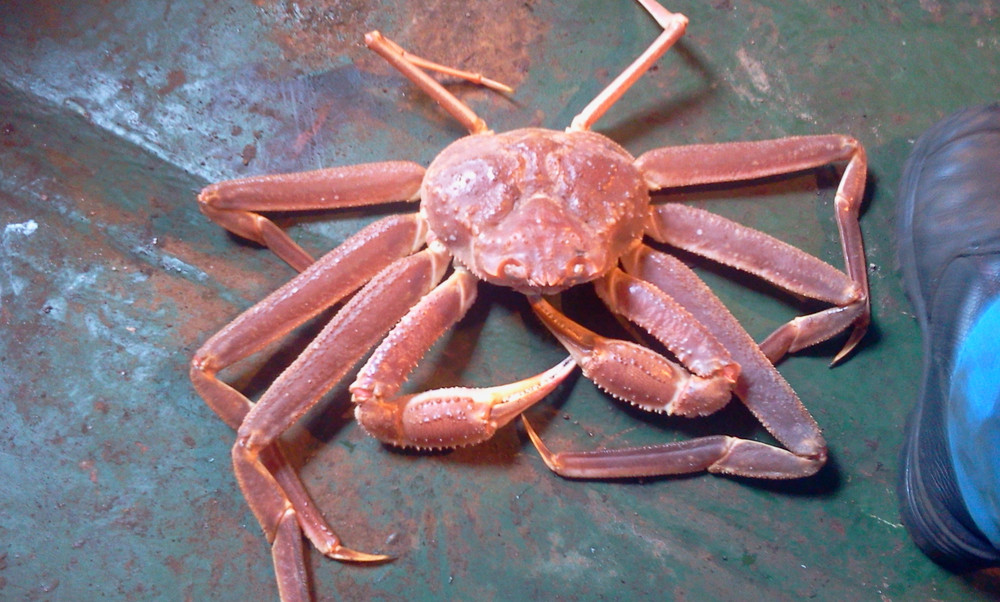
Cajun food, with its distinctive flavors and ingredients, is a product of its history. It originated as the adaptation of French peasant cooking to local conditions in Louisiana, and now has its own spicy and complex flavors and hearty style. Cajun specialties like gumbo, jambalaya, and other seafood dishes are favorites, at restaurants and for skilled home chefs.
The Acadian people in Louisiana
Cajun cooking is a product of eighteenth century history, when French-speaking Catholics were exiled from their in homes in Nova Scotia, then known as Acadia, by the British. They eventually settled in the swampy areas of Louisiana, some seventy miles from New Orleans. They brought with them their language and culinary traditions, and began to adapt to local conditions and locally available ingredients.
Many people believe that the word Cajun is derived from Acadian. Initially, the Acadians were looked down upon, because of their religion and because they did not speak English, but gradually they won acceptance. Cajun culture, language and cuisine have become part of the living heritage of Louisiana. Cajun cooking is similar to Creole cuisine, which also originates in Louisiana, but the two are distinct styles which developed in locations about seventy miles apart.
Cajun cooking flavors and influences
Cajun cooking is strongly influenced by French peasant traditions, such as living off the land, hearty meals that would feed a houseful of hardworking people, and distinctive and complex flavors. These tradition were adapted to local conditions in Louisiana very successfully, producing a unique style. Cajun dishes retained the techniques of cooking hearty, single pot meals in a thick sauce, using both meat and vegetables.
The ingredients of the dishes changed to use what was locally available, and crawfish, shrimp, okra, rice, catfish, redfish and bell peppers are basic ingredients. Spices like cayenne and black pepper were added to the recipes. A sauce called a roux is the base, and the “Holy Trinity” of Cajun spices, celery, onions and green bell peppers, are always used. Seafood, fish, pork sausage and crawfish (also called crayfish) are typical proteins used in Cajun specialties.
Some popular Cajun specialities to try
Cajun specialities like gumbo, jambalaya, boudin or pork sausage, and blackened catfish are well known and loved, but there’s a lot more to the cuisine. In fact, some of the best Cajun cooking is found in homes. Etouffee is another popular rice and seafood dish, with both Cajun and creole versions. Cajun seafood is in a category all by itself, with its delicious flavors and fresh ingredients.
Seafood cooked Cajun style is also healthy, which makes it part of a growing trend. As many as 88% of consumers eat seafood for its health benefits. At the present time, the U.S. consumes the most seafood, following China and Japan, and a third of all restaurants report an increase in sales of seafood dishes. Cajun seafood dishes are also an important part of the Mardi Gras celebrations. Desserts like bread pudding and pralines round out a perfect Cajun meal.
Cajun cooking has come to stand for spicy, hearty dishes with complex flavors. Ingredients like shrimp, rice, sausage, crawfish and okra give cajun specialties a comforting and homely taste that speaks of comfort and tradition.
